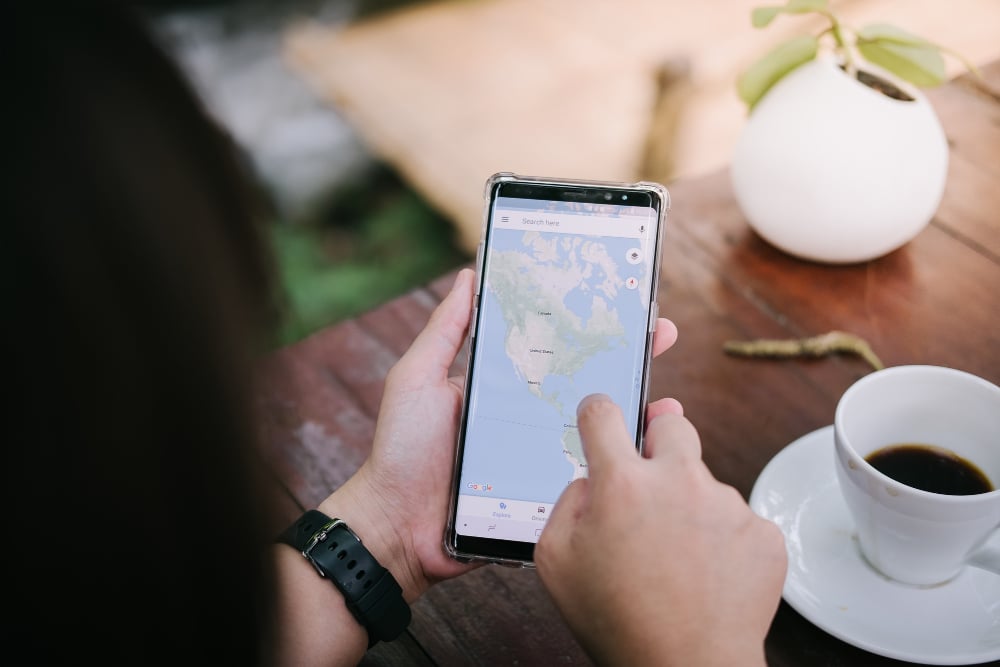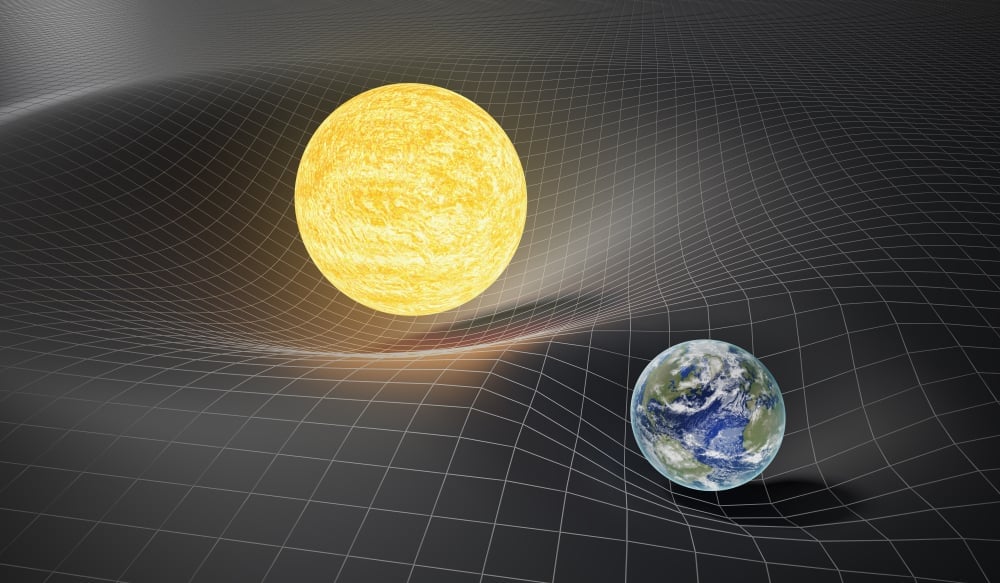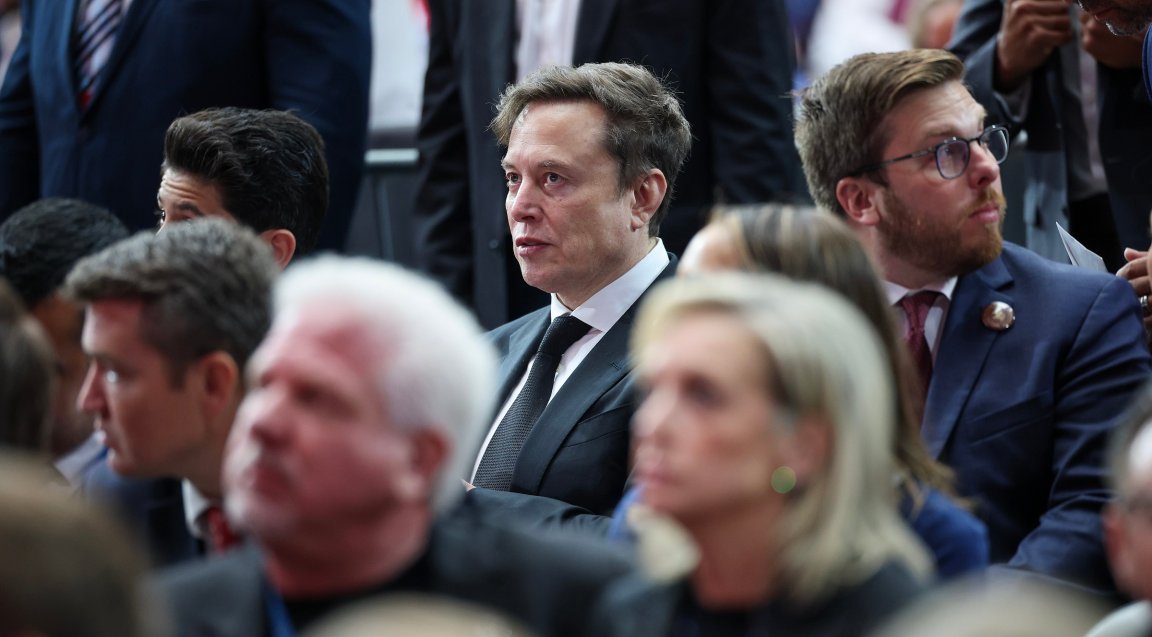Table of Contents (click to expand)
The GPS on cellphones relies on satellites, but they move much faster and experience much less gravity than the phones themselves. Therefore, errors in measuring time and distance arise, which must be corrected based on the theories of relativity.
It’s easy to find our way around cities with a GPS-enabled phone or car these days. It’s also just as simple to upload a photo on social media with a location tag. However, did you know that it takes both the special and general theory of relativity to determine that you are inside a specific café, rather than just somewhere in a city?
The Special theory of relativity is the one that says light moves at a constant speed, which causes things to become shorter while time to pass slower at high speed. It was presented by Einstein in 1905 and is used to determine things like the age of stars and what they are made of.
But for something as mundane as telling people you are in a coffee shop, why would we need to use the legendary special theory of relativity?
And why would we need the general relativity theory either?
That theory corrected Newton’s law of gravity that most of us learned about in high school and gave it a modern makeover.
Doesn’t it feel like overkill to use such enormous weapons from our intellectual arsenal to determine that you are having coffee in a café?


How Does the GPS Work?
The time it takes for a signal emitted by the satellite to reach your phone will define your distance from that satellite. Now your position is known to be at some distance from that satellite; in fact, you could be anywhere on the surface of a sphere with the satellite at the center.
When the distance between you and the second satellite is known, your position is now known within the intersection of two spheres. Once the third satellite connects to the phone, you’ve been pinpointed. That’s how satellites can determine exactly where you are located.


How does special relativity affect GPS location?
So far, we could have used the basic math present back at the time of Euclid to get these data points. Where Einstein’s theory of relativity enters is that the clock on the satellite doesn’t tick at exactly the same rate as a clock on Earth. In fact, the general and special theories of relativity affect clock speeds, but let’s look at the special theory to start simple, before moving on to the effects of the general theory.
Einstein’s special theory of relativity says that since the satellite is moving at about 4000 m/s, while the clocks on the Earth’s equator are moving due to planetary rotation at about 465 m/s, the satellite clocks should run slightly slower than the equator clocks.
While they don’t really run slower due to the effects of the general theory of relativity, it does have an overall effect on how time is experienced.
It’s not just the clocks changing their frequency; everything in the satellite—from the vibration of an atom to the frequency of electricity—changes due to greater velocity. If this effect is not corrected for artificially, then there would be a navigation error of 2.13 km/day.
This means that if you were to climb Mount Everest for 3 days with the help of GPS, you would reach Ronghuk Glacier on the third day, which is about 6 km from the peak!
Correcting the errors
The errors that arise in time and distance are broadcasted by the satellite and the corrections required are calculated using special relativity by the software so that when you attempt to go to Mount Everest, you will actually reach the peak and not some glacier six kilometers away. However, that’s not the only relativistic effect that takes place when it comes to GPS.


There is a second theory of relativity, called the general theory of relativity, which renovated the theory of gravity. This is the theory upon which our current understanding of the cosmos is based.
The General Theory of relativity comes into play
Unfortunately, the clock frequency is increased by much more than would be compensated by the decrease we discussed earlier. Again, this is not only clocks; even if a person were to go and stay at a place with far less gravity, like the moon, they would appear to live longer than their counterparts on Earth. In that case, however, the difference in gravity is not significant enough to make a noticeable difference in human age or appearance.
However, since everything would slow down, from their motion and their metabolism to their cellular and atomic processes, they wouldn’t experience more time than us. Similarly, these clocks would run slower as a result of the gravitational frequency shift, which basically means that they would tick at a different rate at a different gravity intensity.
The timing error caused by this effect is much larger than the one caused by the movement of the satellite. In fact, it would lead to a navigation error of about 13.7 km/day. This time that you’d be 40 km inside Tibet 3 days after starting for the peak of Mount Everest.
These gravitational-based errors are corrected in the same way as the earlier ones. While there are other effects at play, it’s simply astounding that we need to use the same theory to both determine the mass of a star trillions of kilometers away and find a good restaurant in a new city!






